Brazilian coffee beans taste characteristics and historical and cultural story introduction hand brewed Brazilian coffee beans brewing parameters how to brew good to drink

Professional coffee knowledge exchange more coffee bean information please follow the coffee workshop (Wechat official account cafe_style)
Brazilian coffee beans are well known by coffee lovers all over the world for their pure nutty cocoa flavor and mellow taste. At the same time, Brazil is also the largest producer and exporter of coffee beans in the world. Therefore, the level of mechanization of coffee bean processing in Brazil is also quite high, which makes the flavor of Brazilian coffee beans relatively simple. For example, the Brazilian Queen Manor coffee beans introduced in the Qianjie coffee shop and the Brazilian Greek red bourbon coffee beans are the two beans that can best reflect the flavor of Brazilian coffee. Then the next article Qianjie Coffee will come to popular science about the flavor characteristics of Brazilian coffee beans and share the hand-brewing parameters of Brazilian coffee beans to hand-brew coffee lovers.
History of Coffee cultivation in Brazil
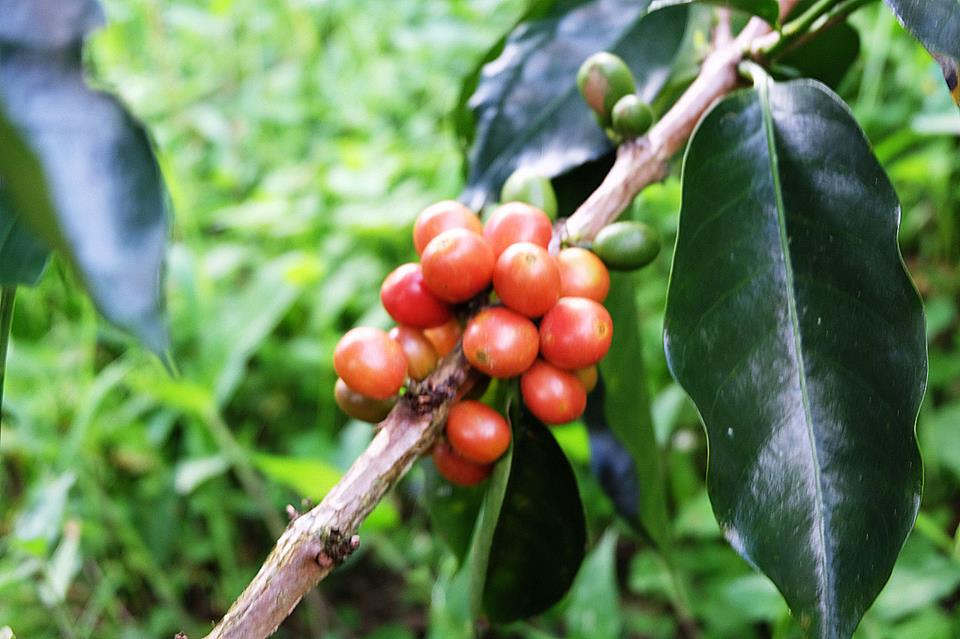
According to Qianjie Coffee, Brazilian coffee was introduced to Brazil from French Guiana in the 1720s. Francesco Paletta, a Portuguese captain from Brazil, captured the heart of the then governor's wife in Cayenne, the capital of French Guinea. successfully brought coffee seeds to Brazil. Since then, coffee has adapted quickly in Brazil, spreading from the north to the southeastern state of Sao Paulo and the southern province of Parana, where it is at slightly higher latitudes and Frosts Descent in winter, resulting in heavy losses to farmers.
From 1970 to 1980, Brazilian farmers developed the warmer provinces of Minas and Bahia in the northern state of Sao Paulo, which are less warm in winter than Frosts Descent until today Minas has become one of the main producing areas of Brazilian boutique coffee.
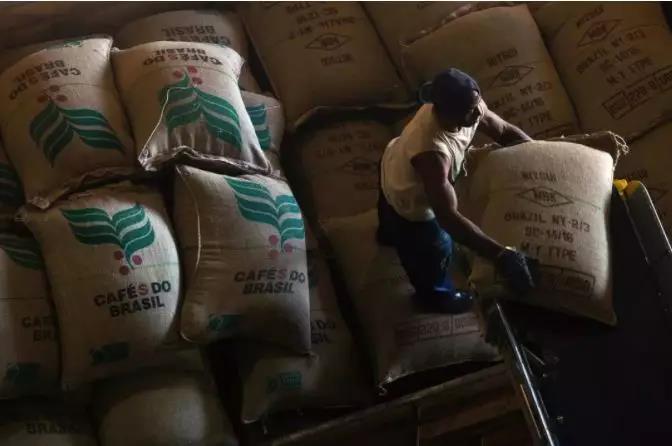
Before 1990, the Brazilian government carried out strict monitoring of the coffee industry, with both strict intervention and price protection measures, and the state has been implementing minimum price protection measures for farmers, resulting in coffee overproduction.
Since the opening of the free market in 1990, the original Brazilian Coffee Authority (IBC) has been replaced by the National Economic Association, the country's non-investment administrative body, which pursues a policy of non-intervention and allows producers to negotiate directly with exporters. The business activities of exporters are supervised by the government legislation, and the relevant departments register legitimate exporters. Since 300 years ago, coffee has become the main source of economy in Brazil, and Brazil has also become the largest producer of coffee in the world. Coffee bean producing area in Brazil
Qianjie Coffee has often been mentioned in previous articles that the flavor of a coffee bean depends on its growing conditions and coffee varieties and treatments, because coffee beans are crops, and their natural quality will change due to these three factors.
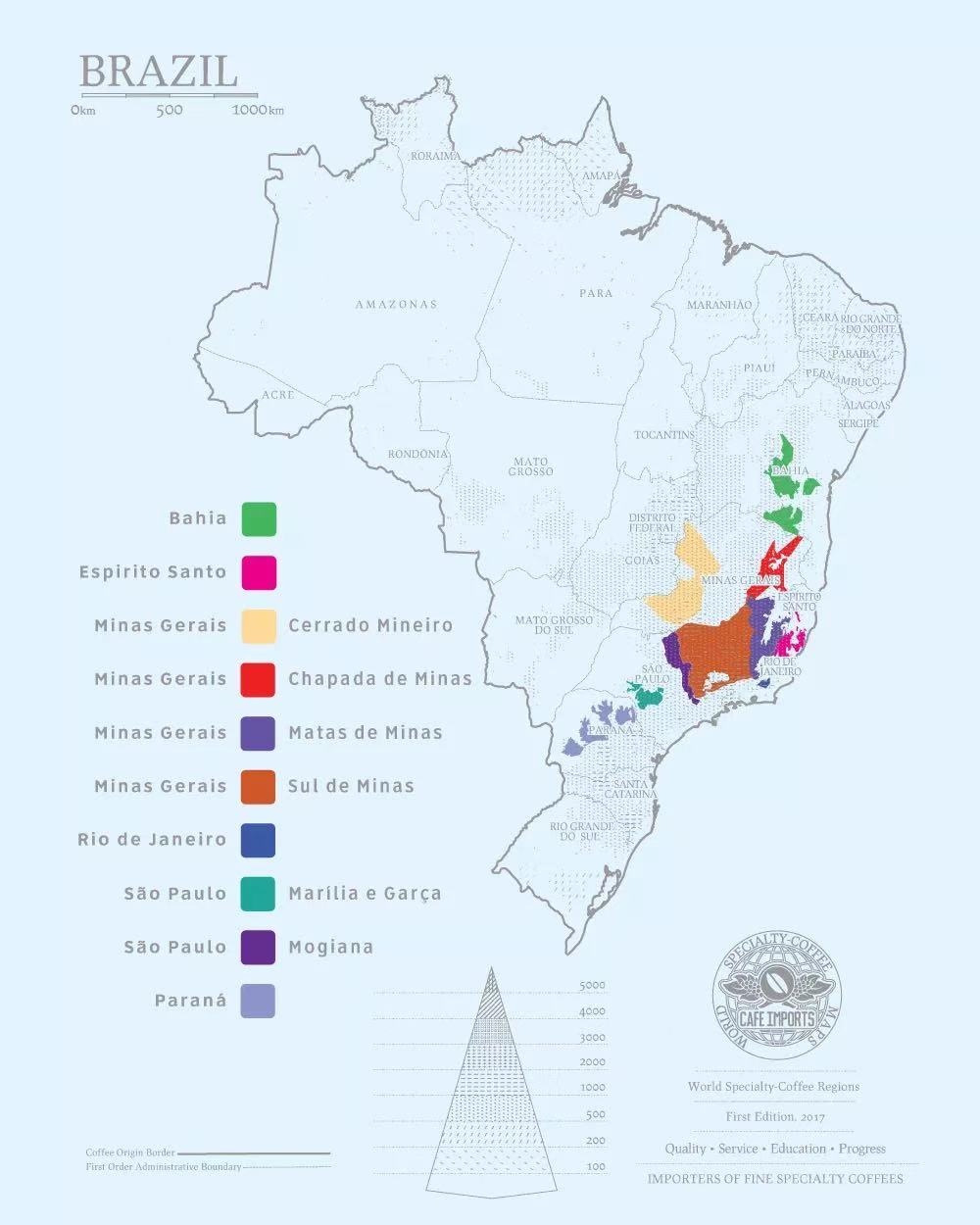
According to Qianjie Coffee, it is known that the main producing areas of Brazilian coffee beans are: Minas Gerais MinasGerais, Sao Paulo Sao Paulo, Bahia Bahia and Esp í rito Santo Espirito Santo, these four producing areas account for 90% of Brazil's national production, of which Morgiana is the most famous in the state of Sao Paulo, but the highest altitude is not Morgiana, but Syrador and South Minas in Minas Gerais. Next, Qianjie Coffee will introduce the characteristics of these three most famous producing areas in Brazil.
South Minas Sul deMinas:
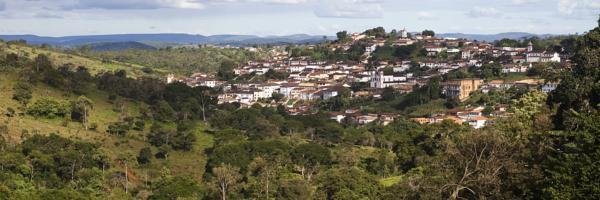
Altitude 700m-1200m, for the hilly woodland, is the earliest production area of coffee in Brazil. Due to the increase in labor costs, it is now mostly harvested by machinery, and it is also the earliest commercialized area of coffee. We can see many large exporters here. Bahia, located in the north of Brazil, mainly produces washing in Brazil, and Esprito Santo, near the sea, is the main export area of Brazilian Robsta varieties.
Syrador Cerrado:
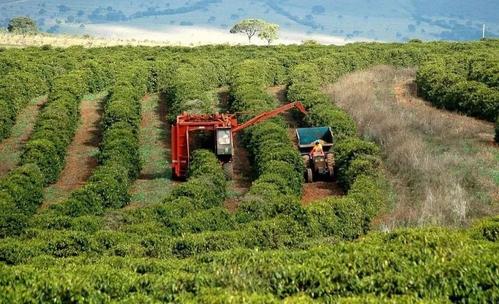
The prairie, which accounts for 22% of the total area of Brazil, is deep in the interior of Brazil, and Cerrado means "closed land" in Portuguese. The Hiladow Prairie begins in Mato Grosso, Mato Grosso province in southwestern Brazil, through the west-central part of Minas and north to the western part of Bahia province. The Shirado coffee producing area referred to in Qianjie is not the entire Hirado prairie, but only in coffee growing areas above 1000 meters above sea level in the central and western part of Minas province. This area is the essence of the Hirado prairie, high altitude, fertile soil, to grow sweet, mellow thickness and high cleanliness of boutique coffee beans.
Morgiana Mogiana:
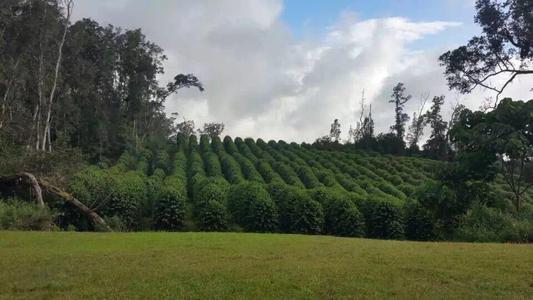
This area is very close to the south of Minas. Coffee is grown between shrubs, grasslands and other vegetation. There are many farming families in this area, some of which operate in the traditional way of large farms, while others operate in a small-scale and modern way. Modern science and technology mixed with mountain coffee cultivation culture has created the highest quality raw coffee beans.
At present, all the two Brazilian coffee beans in Qianjie Coffee are the red bourbon beans from Syrador and the yellow bourbon beans from Mojiana. What are the characteristics of these two varieties?
Brazilian coffee bean varieties
Red bourbon
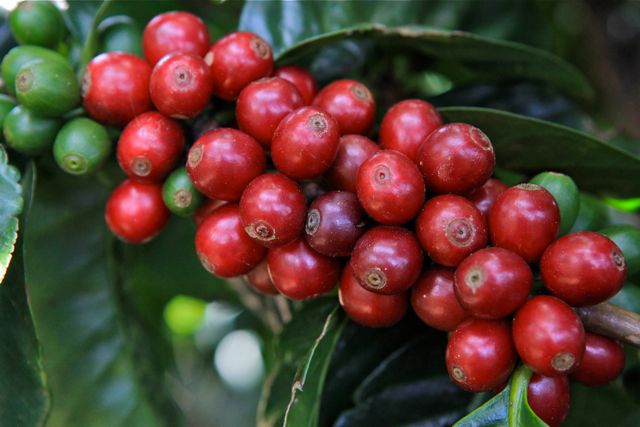
According to Qianjie Coffee, it is known that bourbon is the second species caused by the mutation of the iron pickup card, which belongs to the oldest existing coffee variety, and the green fruit will show bright red when it is ripe. Compared with the tin card species, the bourbon species has wider leaves and denser growth. although the seed setting is higher than the tin card, the harvest time is also 2 years, which is also a variety with less yield, but it has a high-quality taste, like the sour taste of red wine, and the aftertaste is sweet.
In popular terms, bourbon is a coffee tree that belongs to a branch of Arabica species, generally bearing red fruit, called red bourbon, in addition to yellow bourbon and pink bourbon. Red bourbon means that after the general bourbon coffee trees blossom and bear fruit, the color change of coffee fruit is from green > turning yellowish > turning slightly orange > turning mature red > turning to ripe dark red, so it is also called red bourbon, its flavor will have better aroma, at the same time, the acid is bright, and it even tastes like red wine. And according to Qianjie Coffee, it is known that Red bourbon is also the most widely cultivated variety in Brazilian coffee producing areas.
Yellow bourbon
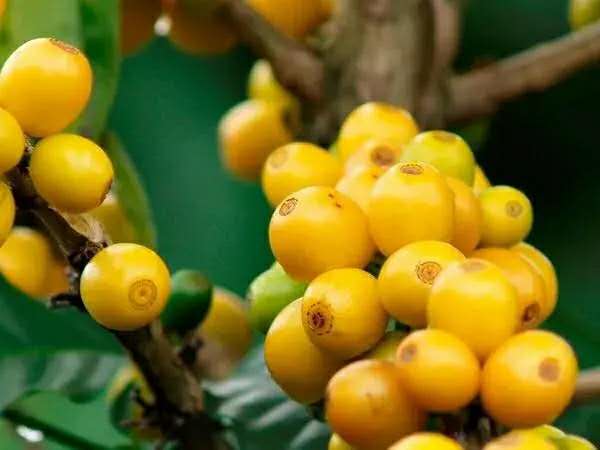
As mentioned above, yellow bourbon is also a gene mutant of bourbon. Bourbon has always been considered to be a leader in coffee because of its high yield and good quality. The yellow bourbon is a unique bourbon variety in the state of Sao Paulo, Brazil. After ripening, the coffee fruit does not turn red like red bourbon, but orange, so it is named after yellow bourbon. Because the altitude of yellow bourbon is very high, so its flavor is very good.
And according to the Qianjie coffee cup, it is found that the yellow bourbon coffee beans grown in high altitude areas will have excellent flavor performance, and almost all of the top three prizes that have swept the Brazilian extraordinary Cup Competition for two consecutive years have been won by yellow bourbon coffee beans, thus sweeping the boutique coffee industry.
The flavor of yellow bourbon usually has nuts and chocolate, the acidity is balanced and supple, the bitter feeling is weak and clean, and the whole is very bright and refreshing.
Next, Qianjie Coffee will introduce the basic information of these two Brazilian coffee beans.
Front Street Coffee Brazilian Red Bourbon Coffee beans
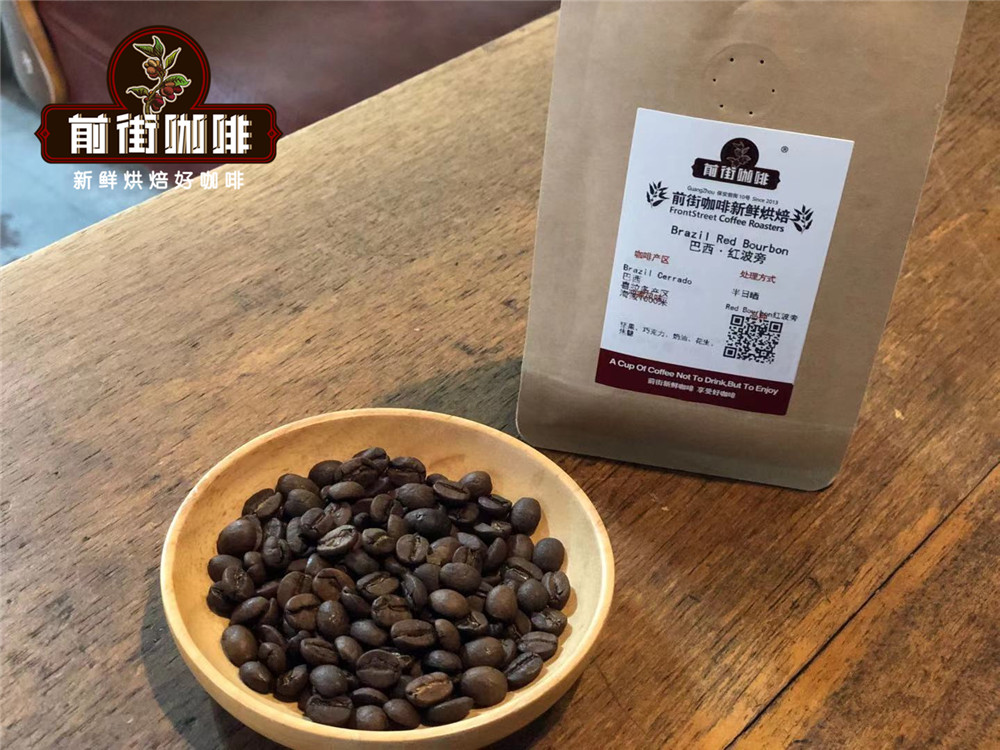
Country: Brazil
Producing area: South Minas
Altitude: 1000m
Variety: red bourbon
Treatment: half-sun
Flavor: nut chocolate cream peanut caramel
Front Street Coffee Brazilian Queen Manor Coffee beans
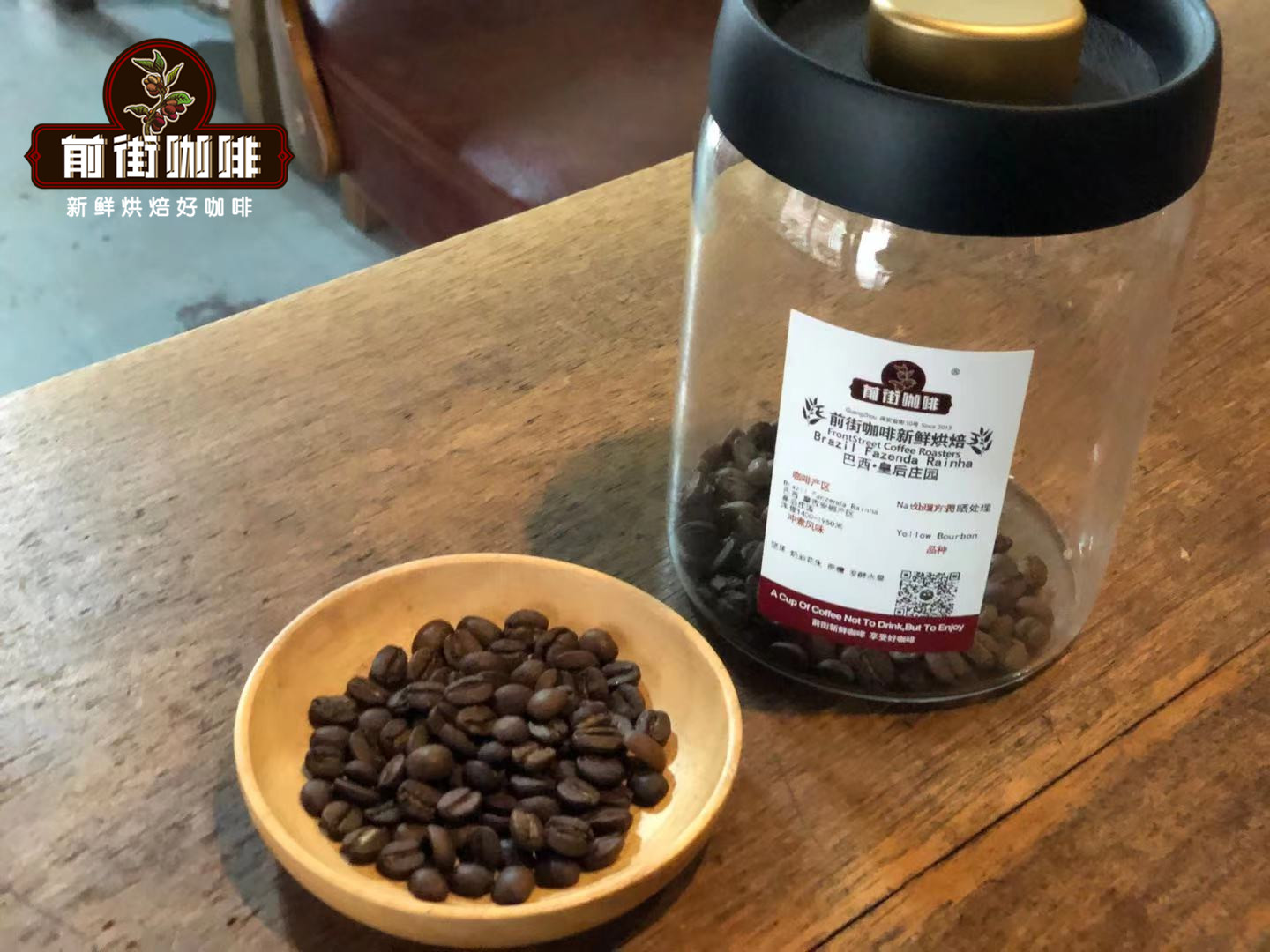
Country: Brazil
Producing area: Sao Paulo State (Queen's Manor)
Altitude: 1400-1950m
Variety: yellow bourbon
Treatment method: half sun / sun exposure
Flavor: nuts, cream, peanuts, fermented fruit, sucrose
From the above two coffee beans are half-sun way to deal with coffee fruit, that half-sun coffee beans what is special?
Half-sun coffee treatment
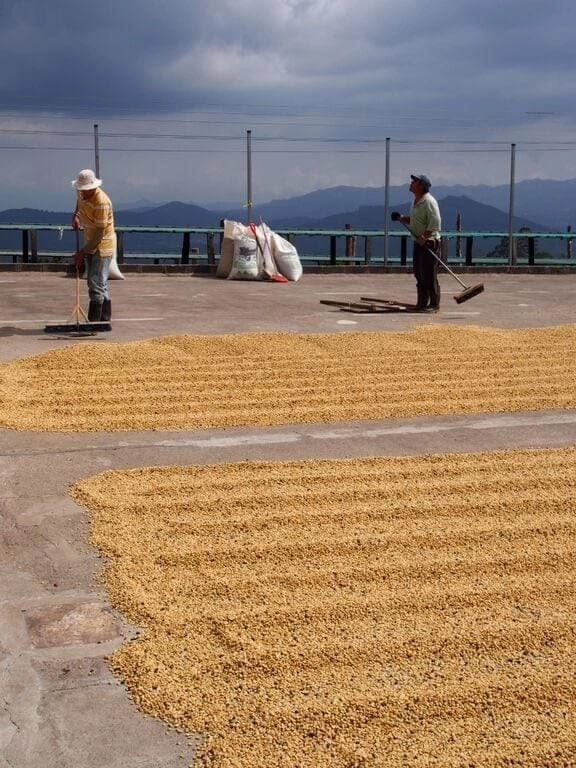
Half-sun treatment is one of the unique coffee treatments in Brazil, because Brazil is relatively dry according to local climatic conditions, so it has created a local half-sun method to deal with raw coffee beans. Half-sun treatment can control the degree of pectin fermentation after peeling and meat removal. Half-sun treatment has no pool treatment of "pool fermentation, water washing" process, without the step of fermentation, the flavor of coffee beans is completely different.
The above is the popular science about the characteristics of Brazilian coffee sorted out by Qianjie Coffee. How to drink Brazilian coffee beans? As mentioned above in Qianjie Coffee, the flavor of Brazilian coffee beans is relatively balanced, mellow and with nutty cocoa flavor, so it is very suitable for making Italian mixed beans or hand-brewed coffee beans. however, according to Qianjie Coffee, most coffee lovers like to use Brazilian coffee beans to make hand-brewed coffee, because the characteristic of hand-brewed coffee is that it can taste the hierarchical flavor of a coffee bean. Because the flavor of coffee will change as the temperature drops, then Qianjie Coffee will share how to brew Brazilian coffee beans by hand.
Hand brewing parameters of Brazilian coffee beans
Qianjie Coffee above two Brazilian coffee beans, these two coffee beans are moderately roasted, and both are coffee beans from the same producing area, so the coffee flavor will not be very different, so the hand brewing parameters of Qianjie coffee are the same.
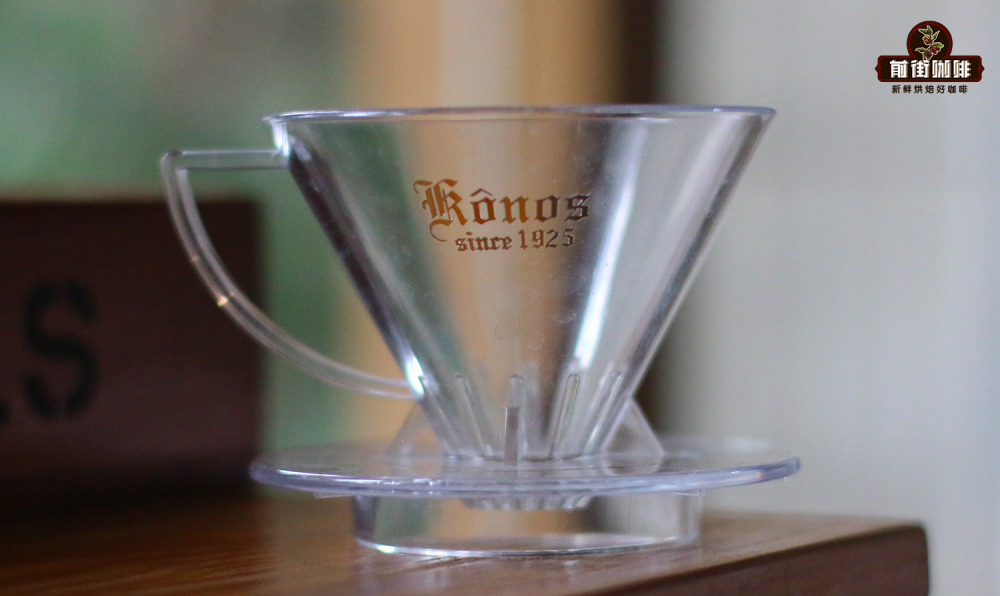
Filter cup: KONO
Powder content: 15g
Water temperature: 90 ℃
Degree of grinding: medium grinding, pass rate of No. 20 standard screen 75%
Gouache ratio: 1:15
Flushing and cooking technique: segmented extraction.
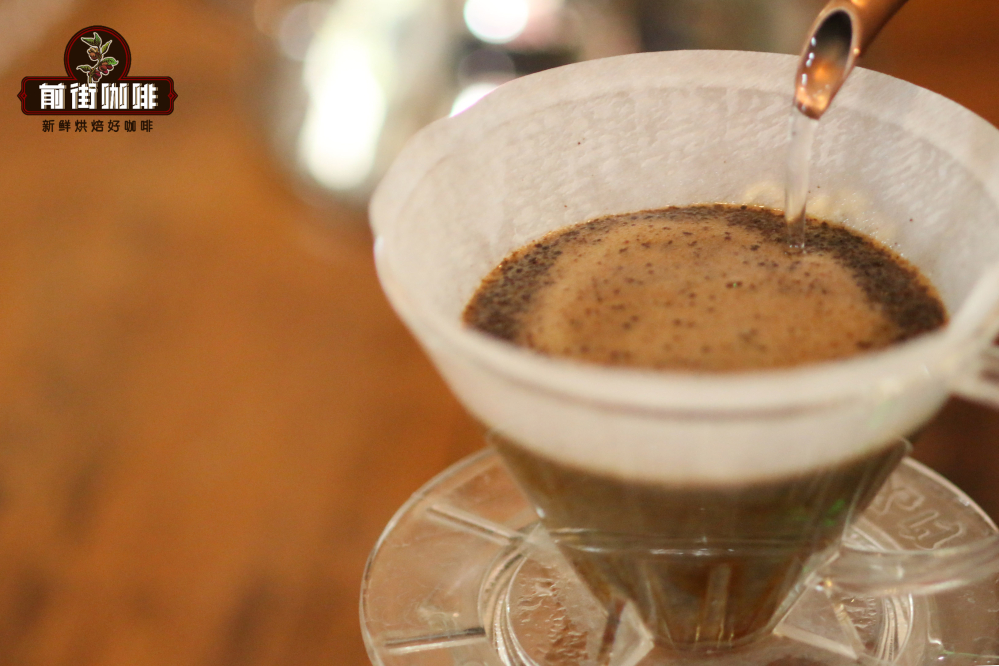
Steam with 30 grams of water for 30 seconds, small water flow around the circle to 125g water injection stages, water level drop is about to expose the powder bed, continue to water injection to 225g to stop water injection, and so water level drop is about to expose the powder bed to remove the filter cup, (steaming starts timing) V60 filter cup extraction time is 2cm 39010 ", Kono filter cup extraction time is slightly longer.
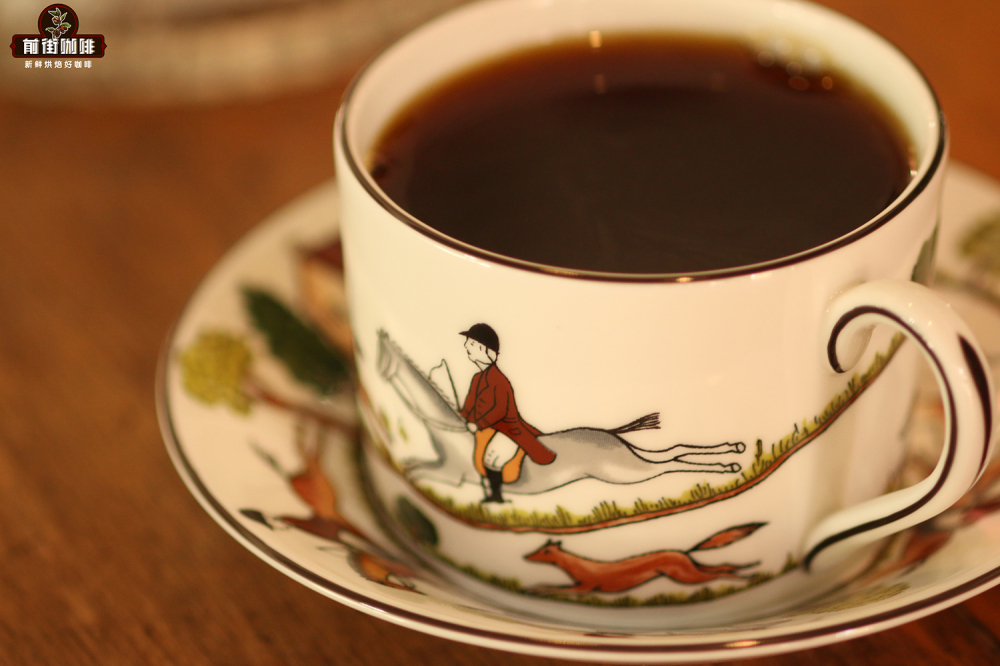
Brazilian Hilado coffee bean flavor: the entrance has obvious sweetness, with a hint of lemon aroma, with a strong nutty flavor, the latter part of the performance has an obvious dark chocolate flavor, the overall feeling is more round.
Brazilian Queen's Manor Coffee Bean flavor: taste balanced, in the main tone of almond cocoa, highlight the sweetness of sugar, is a full, sweet coffee.
For more boutique coffee beans, please add private Qianjie coffee on Wechat. WeChat account: kaixinguoguo0925
Important Notice :
前街咖啡 FrontStreet Coffee has moved to new addredd:
FrontStreet Coffee Address: 315,Donghua East Road,GuangZhou
Tel:020 38364473
- Prev
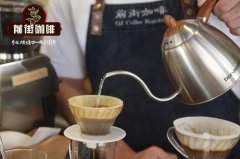
Is Antigua coffee delicious _ Antigua coffee bird _ Antigua coffee bean price
Professional coffee knowledge exchange more coffee bean information please follow the coffee workshop (Wechat official account cafe_style) Guatemala-Antigua coffee bean flower god Guatemala Antigua La Flor del Cafe this is the best drink in Guatemala to drink the most famous coffee beans, the following is a living bean business coffee bean origin and flavor introduction. Country: Guatemala producing area: Ann
- Next
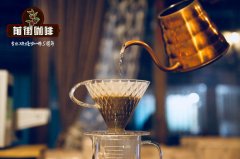
What are the producing areas of Brazilian coffee? What are the flavor characteristics of Brazilian coffee? How do you make Brazilian coffee?
Professional coffee knowledge exchange more coffee bean information Please pay attention to Coffee Workshop (Wechat official account cafe_style) Coffee in Central America is famous for its sense of balance, a variety of aromas can be smelled at the entrance, multiple cocoa flavors are more colorful against the fruit flavor, and the supple and sweet taste shows different levels of acidity, which is refreshing just to imagine. This district has a long history.
Related
- Detailed explanation of Jadeite planting Land in Panamanian Jadeite Manor introduction to the grading system of Jadeite competitive bidding, Red bid, Green bid and Rose Summer
- Story of Coffee planting in Brenka region of Costa Rica Stonehenge Manor anaerobic heavy honey treatment of flavor mouth
- What's on the barrel of Blue Mountain Coffee beans?
- Can American coffee also pull flowers? How to use hot American style to pull out a good-looking pattern?
- Can you make a cold extract with coffee beans? What is the right proportion for cold-extracted coffee formula?
- Indonesian PWN Gold Mandrine Coffee Origin Features Flavor How to Chong? Mandolin coffee is American.
- A brief introduction to the flavor characteristics of Brazilian yellow bourbon coffee beans
- What is the effect of different water quality on the flavor of cold-extracted coffee? What kind of water is best for brewing coffee?
- Why do you think of Rose Summer whenever you mention Panamanian coffee?
- Introduction to the characteristics of authentic blue mountain coffee bean producing areas? What is the CIB Coffee Authority in Jamaica?

